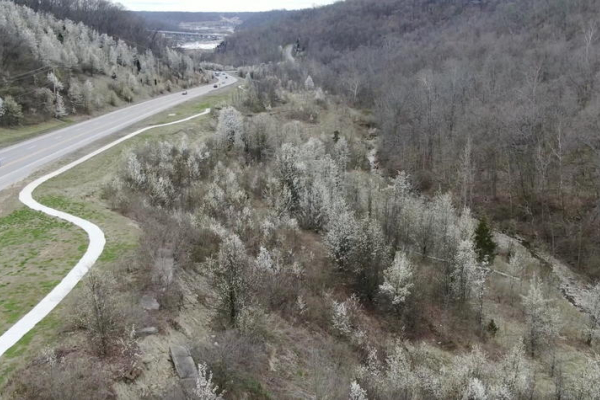Brain Research with the Bachstetter Lab
In honor of Alzheimer’s & Brain Awareness Month, this podcast features Adam Bachstetter and Danielle Lyons, a postdoctoral scholar in his lab, in the Spinal Cord & Brain Injury Research Center (SCOBIRC).
Bachstetter and Lyons are partnering on a three-year study, funded by the National Institute on Aging, which focuses on how glial cells in the brain are altered with aging.
Bachstetter explains, “We’re at the very early stages of understanding how glial cells become dysfunctional, what makes them not healthy. If we can figure out what are the processes, what are the signals, what’s the biochemistry of this, then we can start to develop ways to target those processes to develop drugs that could potentially treat people who have had a traumatic brain injury or people who are at risk for developing a neurodegenerative disease like Alzheimer’s.”
More from this series Research Priorities - Neuroscience
Credits
Produced by Alicia P. Gregory, videography/direction by Chad Rumford and Ben Corwin (Research Communications).


